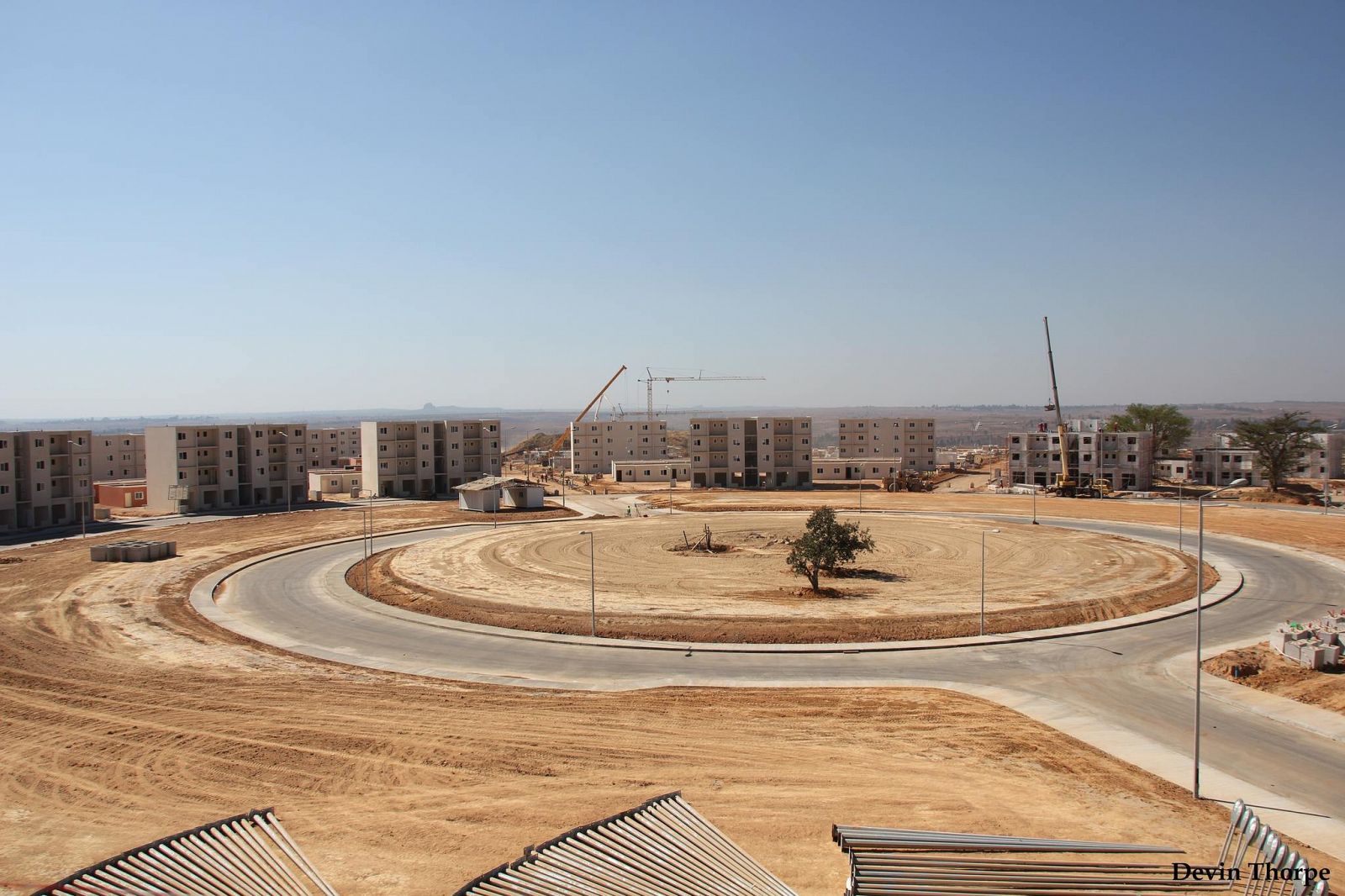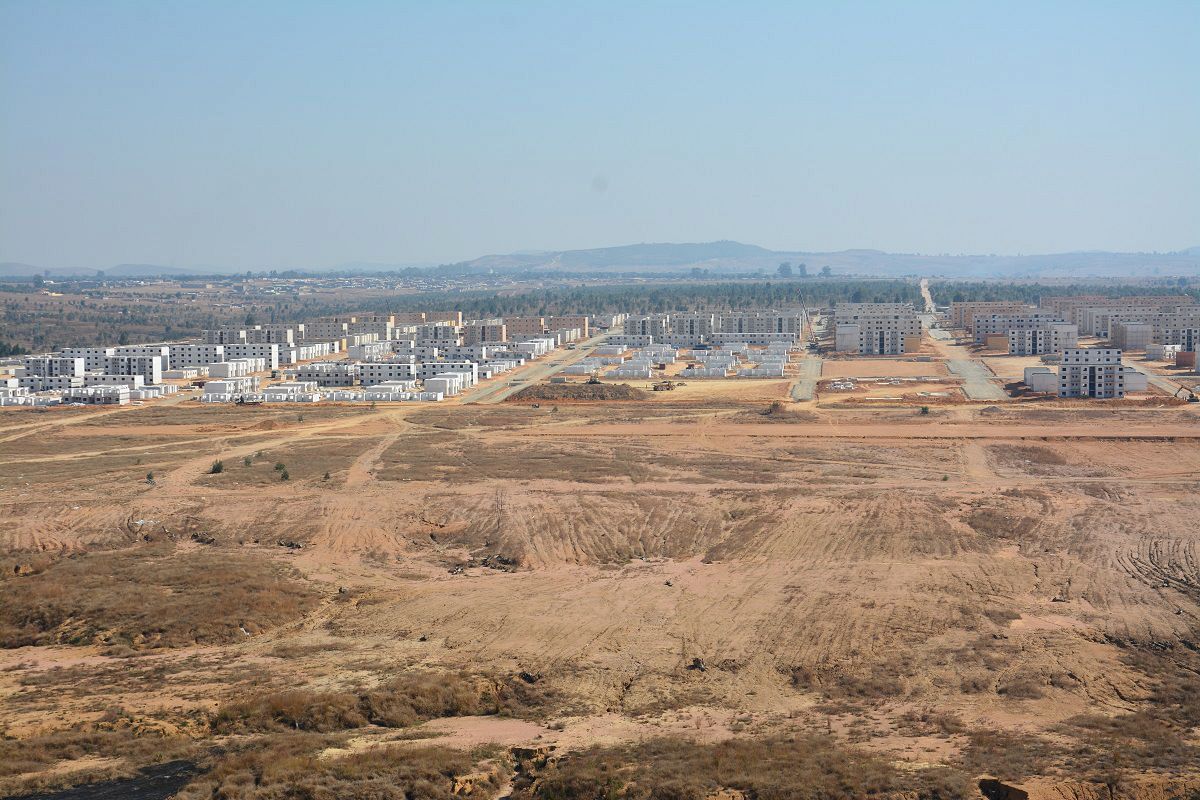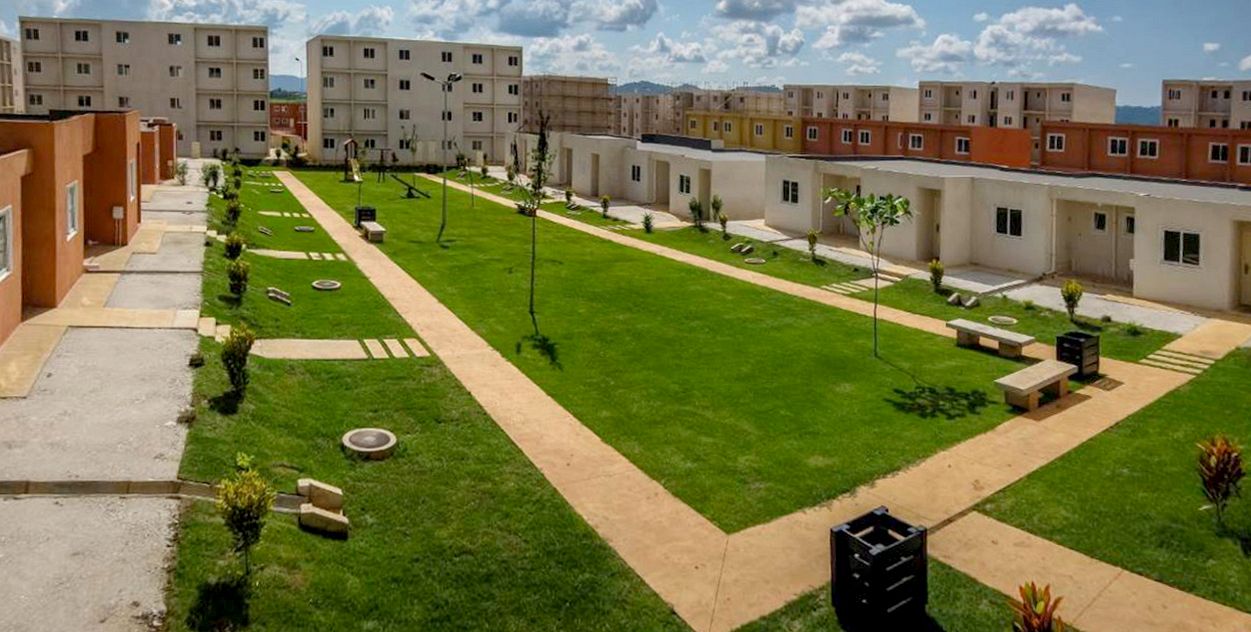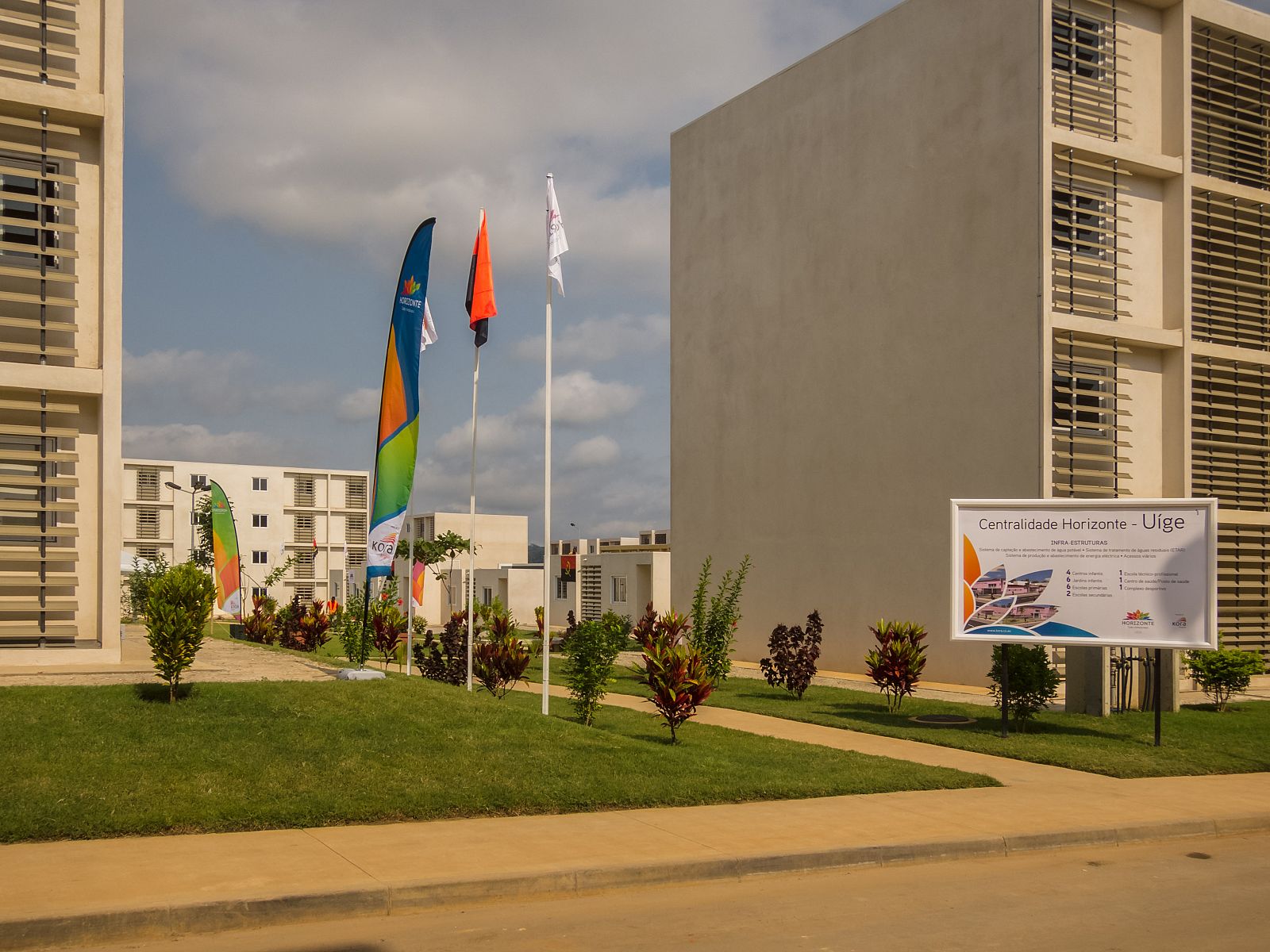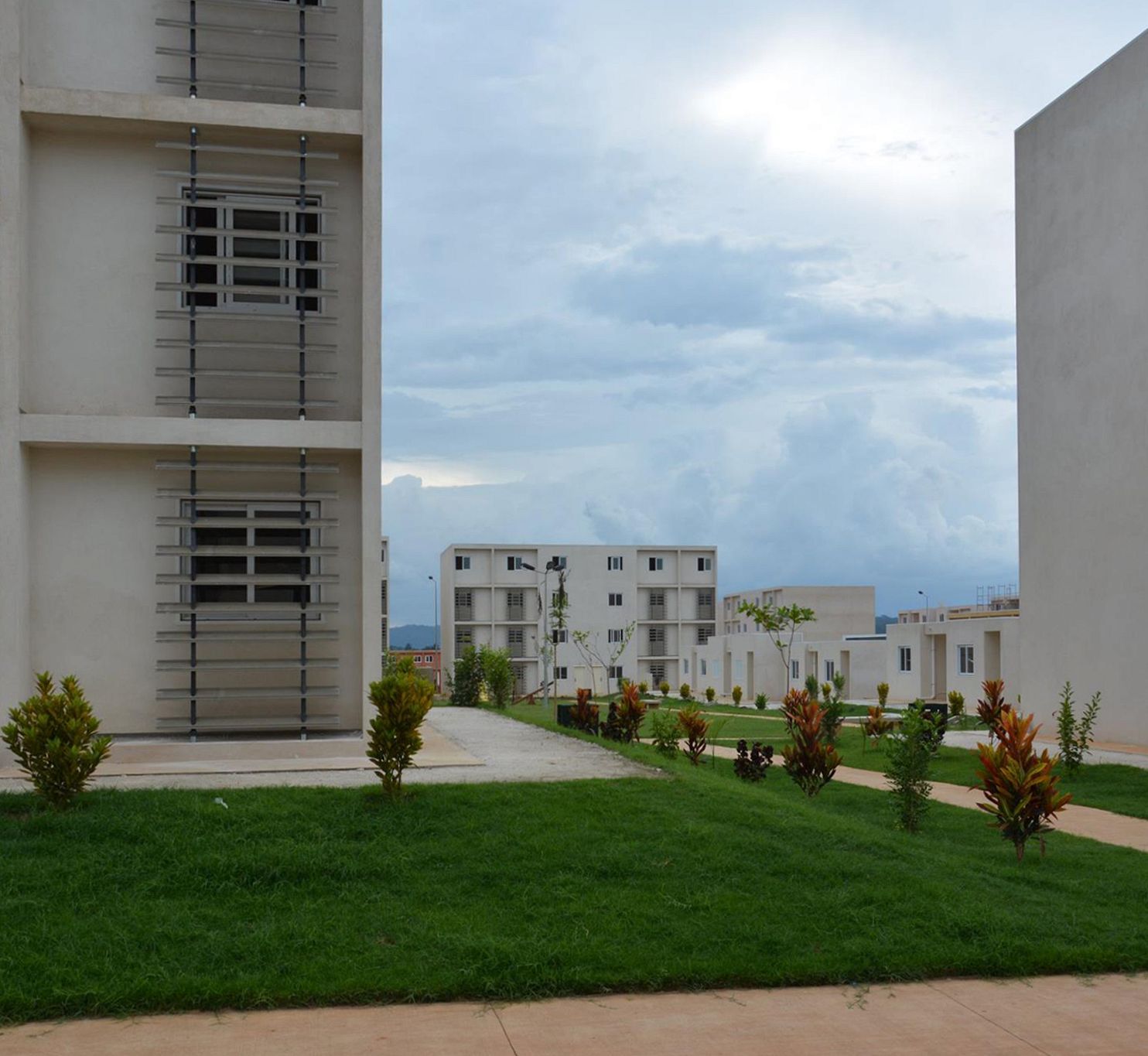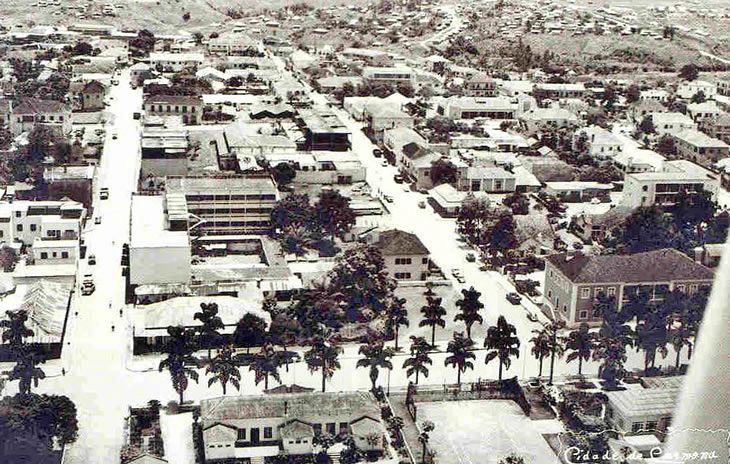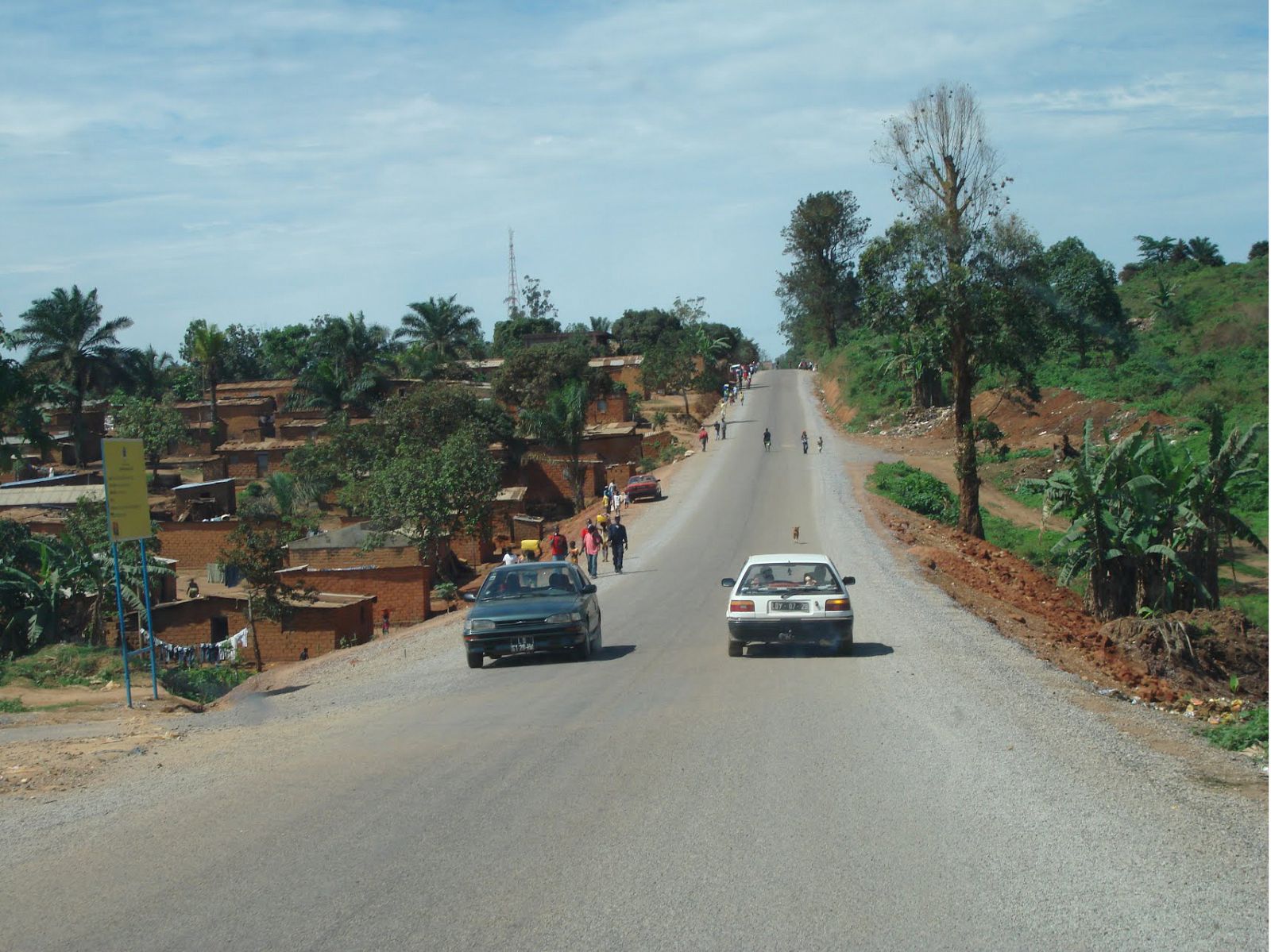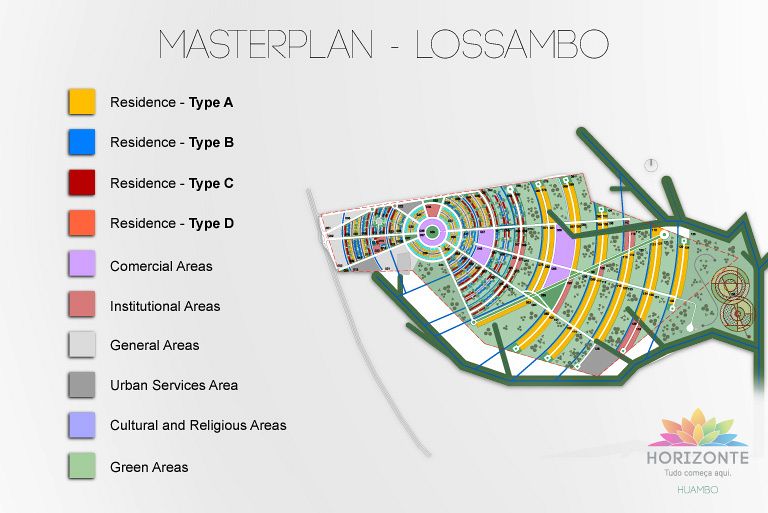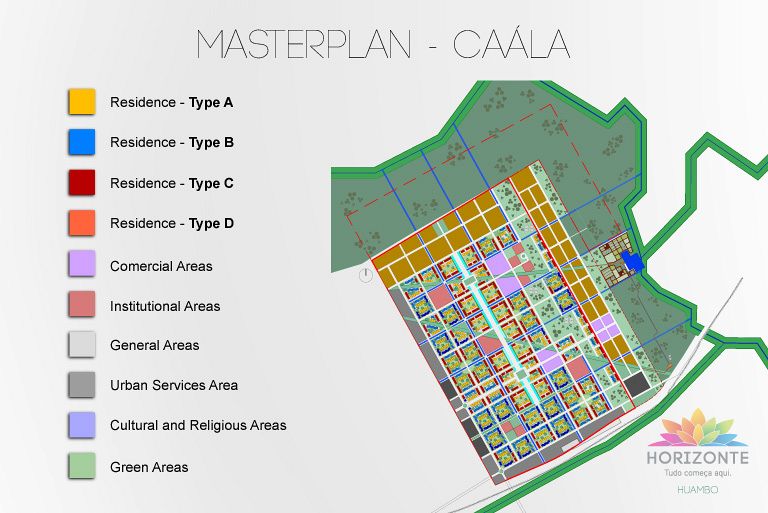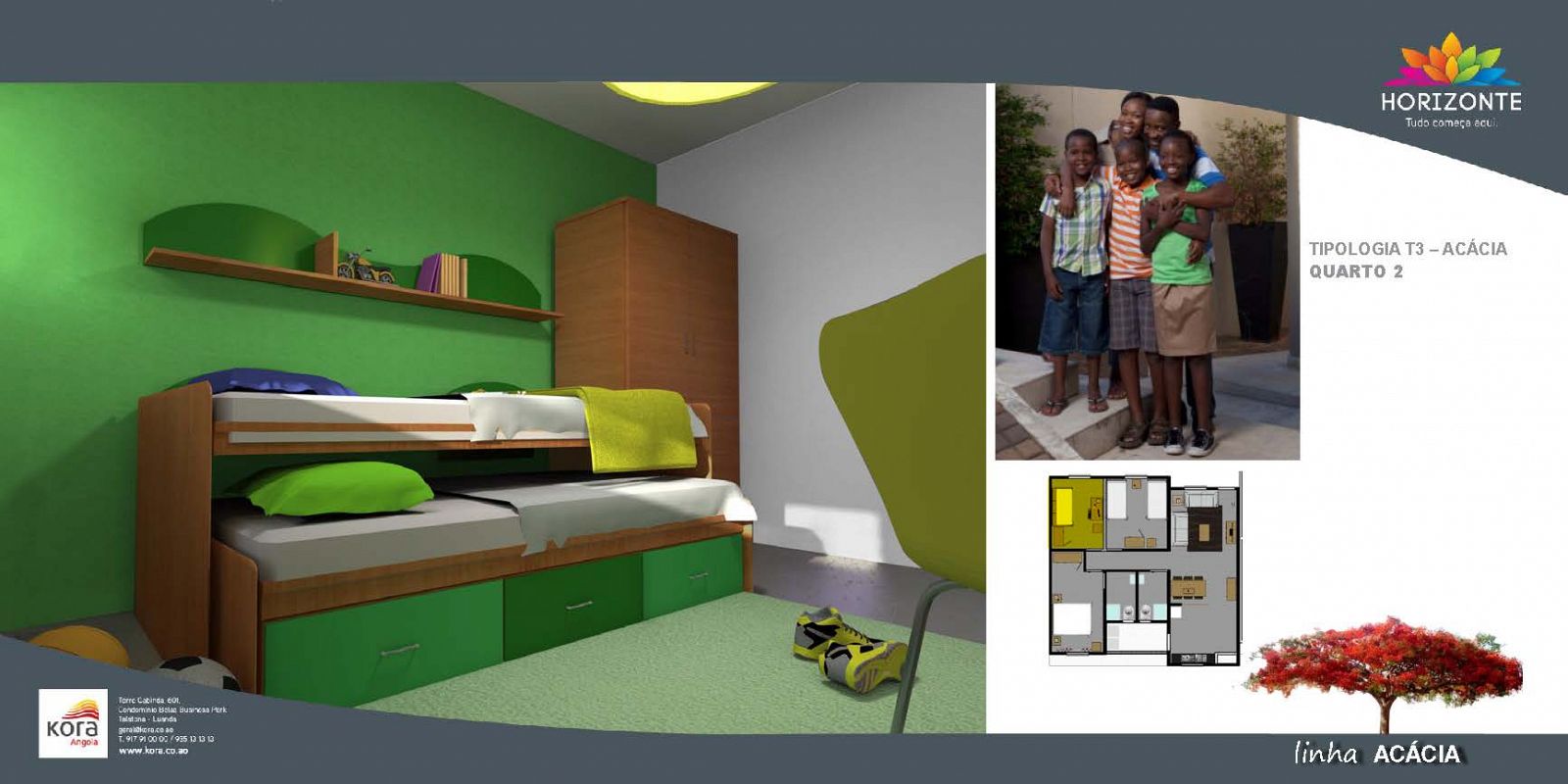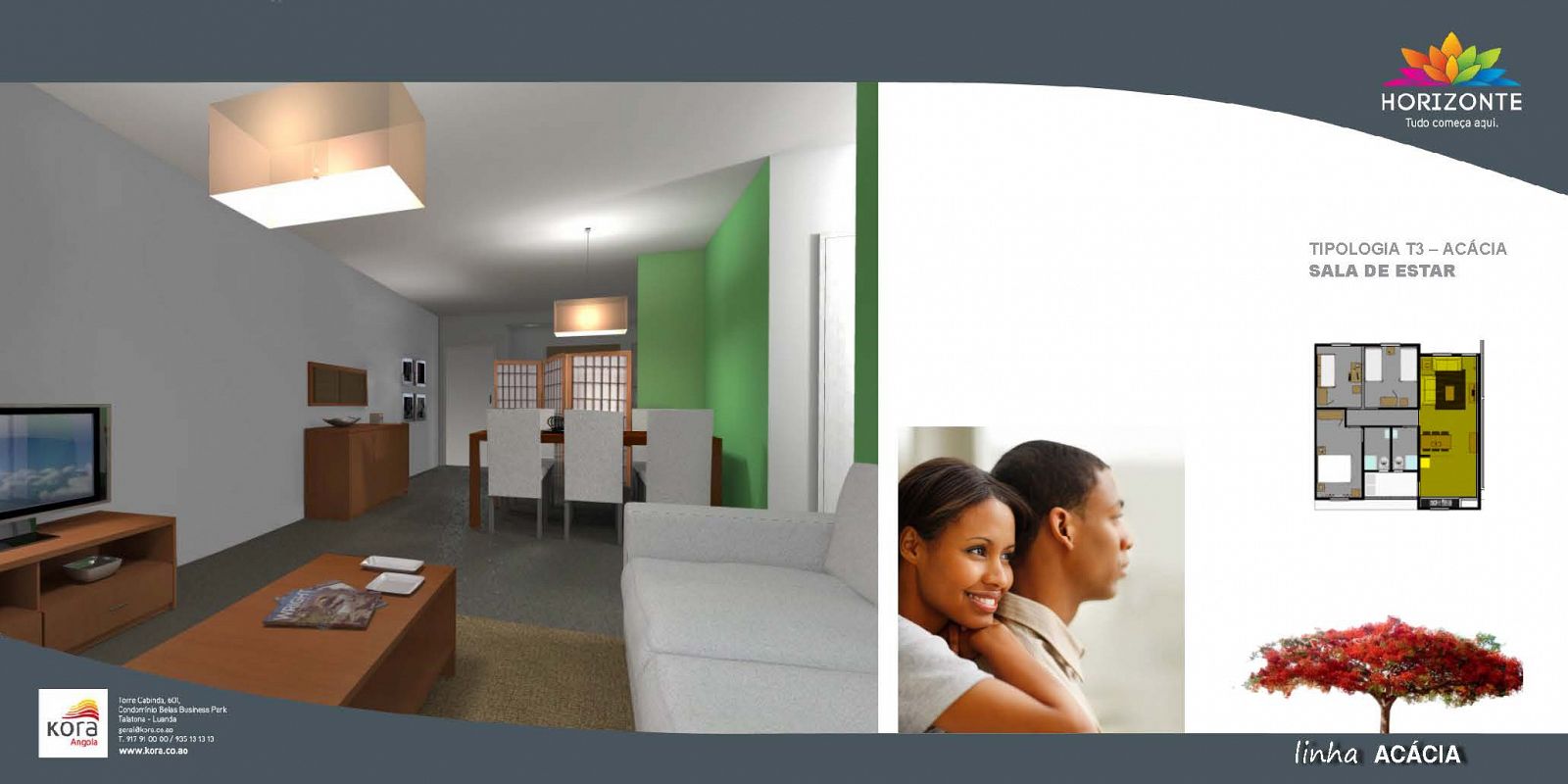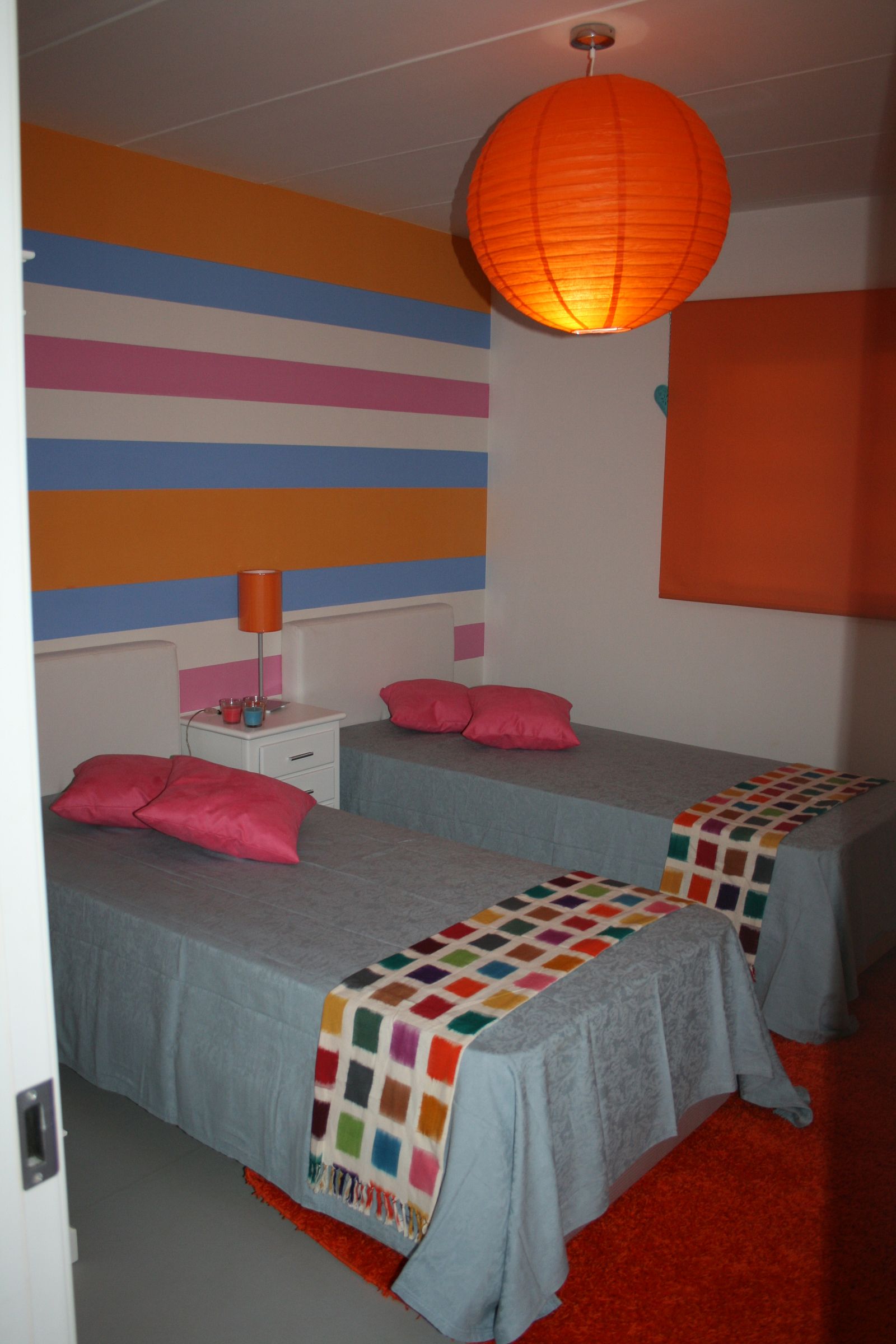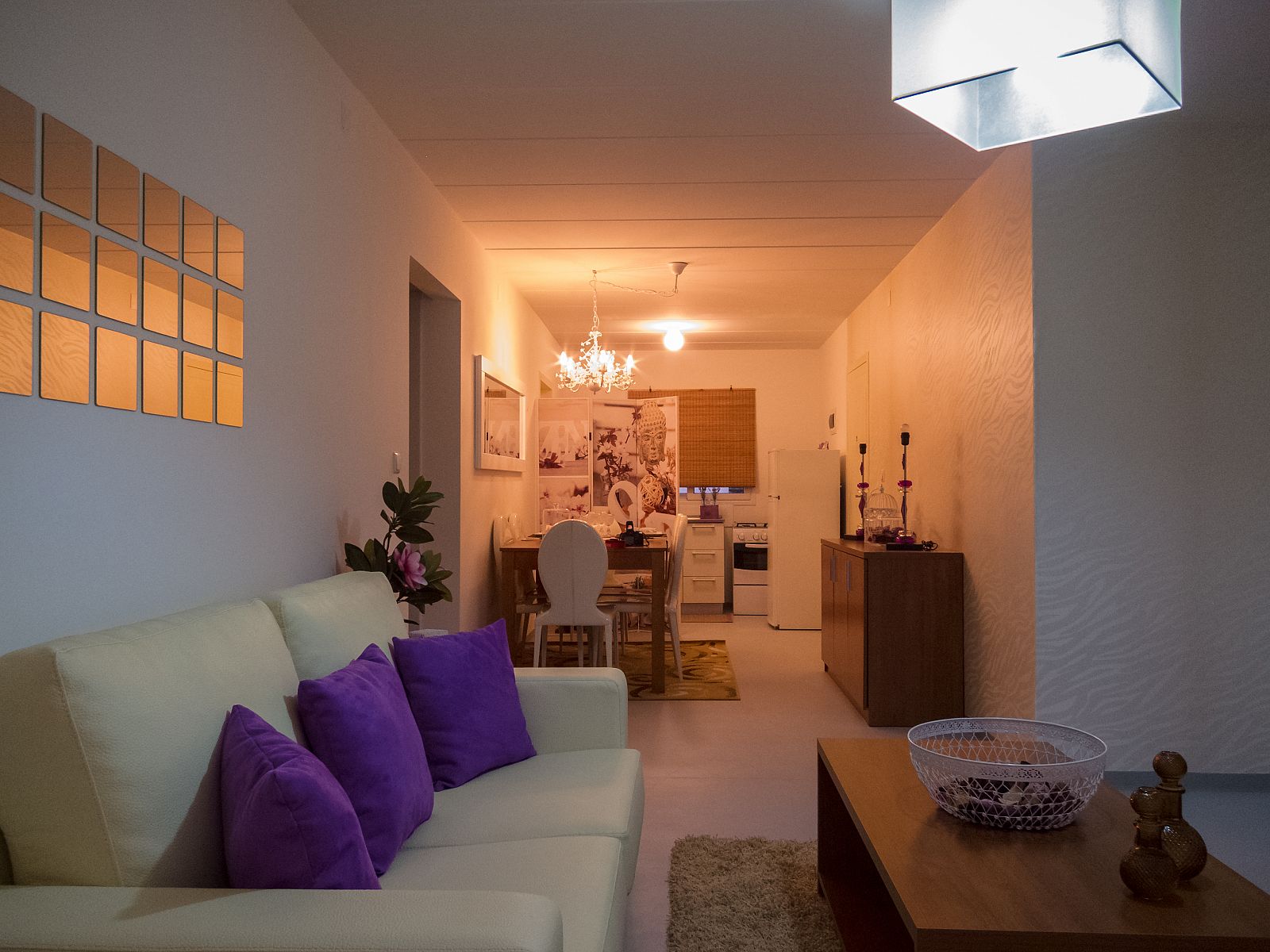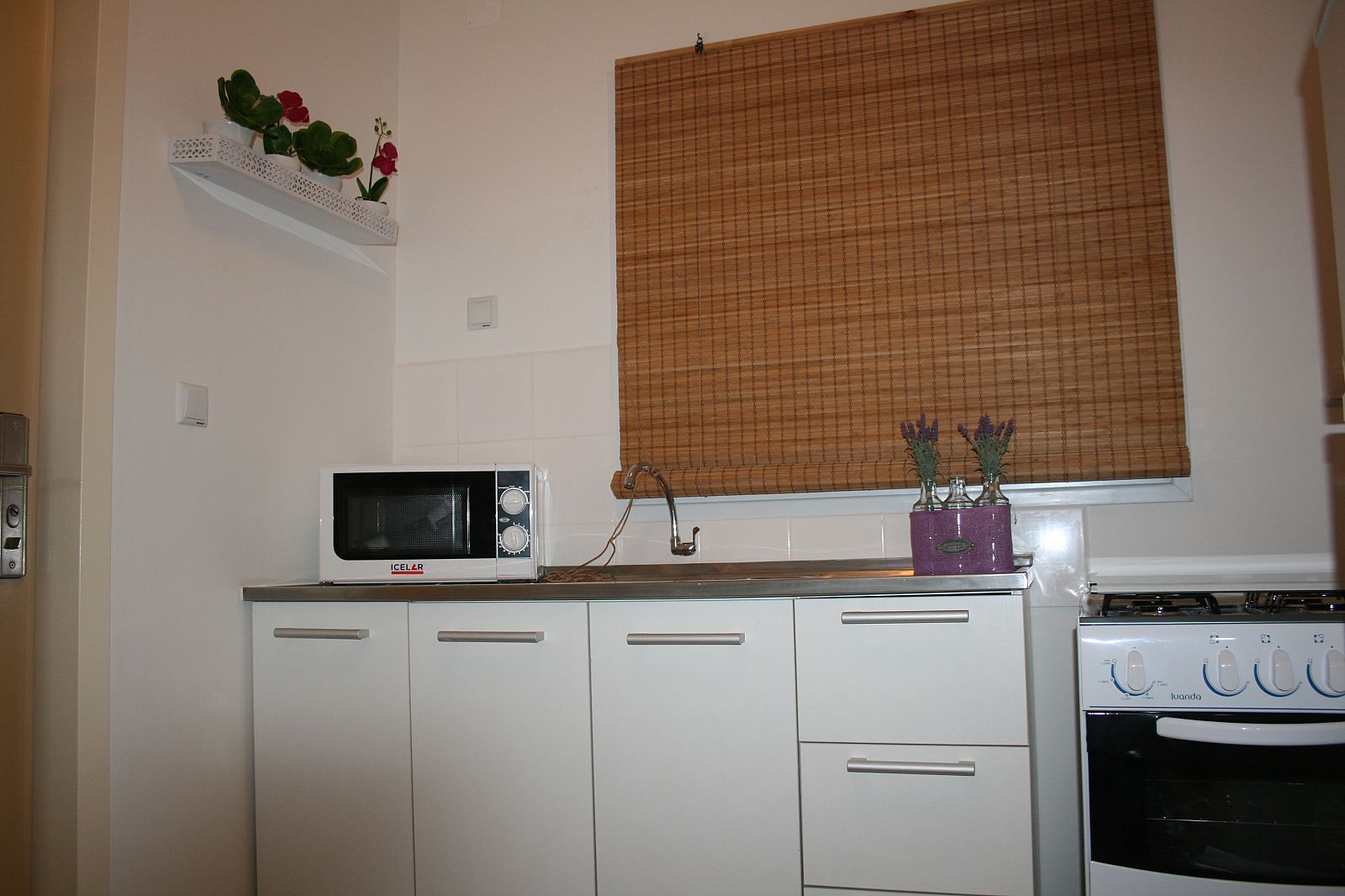- Angola, Uíge
- Bangladesh, Dhaka
- Chile, Iquique
- Egypt, Luxor
- Ethiopia, Addis Ababa
- Ghana, Accra
- Ghana, Tema
- Ghana, Tema Manhean
- Guinee, Fria
- India, Ahmedabad
- India, Chandigarh
- India, Delhi
- India, Indore
- India, Kerala
- India, Mumbai
- India, Navi Mumbai
- Iran, multiple
- Iran, Shushtar
- Iran, Tehran
- Italy, Venice
- Kenya, Nairobi
- Nigeria, Lagos
- Peru, Lima
- Portugal, Evora
- Rwanda, Kigali
- Senegal, Dakar
- Spain, Madrid
- Tanzania, Dar es Salaam
- The Netherlands, Delft
- United Kingdom, London
- United States, New York
- United States, Willingboro
- 2020-2029
- 2010-2019
- 2000-2009
- 1990-1999
- 1980-1989
- 1970-1979
- 1960-1969
- 1950-1959
- 1940-1949
- 1900-1909
- high-rise
- incremental
- low-rise
- mid-rise
- new town
- sites & services
- slum rehab
- Tanushree Aggarwal
- Rafaela Ahsan
- Deepanshu Arneja
- Tom Avermaete
- W,F,R. Ballard
- Ron Barten
- Michele Bassi
- Romy Bijl
- Fabio Buondonno
- Ludovica Cassina
- Daniele Ceragno
- Jia Fang Chang
- Henry S. Churchill
- Bari Cobbina
- Gioele Colombo
- Charles Correa
- Freya Crijn
- Ype Cuperus
- Javier de Alvear Criado
- Jose de la Torre
- Junta Nacional de la Vivienda
- Margot de Man
- Jeffrey Deng
- Kim de Raedt
- H.A. Derbishire
- Pepij Determann
- Kamran Diba
- Jean Dimitrijevic
- Constantinus A. Doxiadis
- Jane Drew
- Jin-Ah Duijghuizen
- Michel Écochard
- Carmen Espegel
- Hassan Fathy
- Federica Fogazzi
- Arianna Fornasiero
- Manon Fougerouse
- Frederick G. Frost
- Maxwell Fry
- Yasmine Garti
- Greater London Council (GLC)
- Anna Grenestedt
- Vanessa Grossman
- Marcus Grosveld
- Gruzen & Partners
- Helen Elizabeth Gyger
- Shirin Hadi
- Francisca Hamilton
- Klaske Havik
- Katrina Hemingway
- Dirk van den Heuvel
- Jeff Hill
- Bas Hoevenaars
- S. Holst
- Maartje Holtslag
- Housing Development Project Office
- Michel Kalt
- Stanisław Klajs
- Stephany Knize
- Bartosz Kobylakiewicz
- Tessa Koenig Gimeno
- Mara Kopp
- Annenies Kraaij
- Aga Kus
- Isabel Lee
- Monica Lelieveld
- Jaime Lerner
- Levitt & Sons
- Lieke Lohmeijer
- Femke Lokhorst
- Fleur A. Luca
- Qiaoyun Lu
- Andrea Migotto
- Harald Mooij
- Julie Moraca
- Nelson Mota
- Dennis Musalim
- Timothy Nelson Stins
- Gabriel Ogbonna
- Federico Ortiz Velásquez
- Sameep Padora
- Santiago Palacio Villa
- Antonio Paoletti
- Caspar Pasveer
- Casper Pasveer
- Andreea Pirvan
- PK Das & Associates
- Daniel Pouradier-Duteil
- Michelle Provoost
- Pierijn van der Putt
- Wido Quist
- Frank Reitsma
- Raj Rewal
- Robert Rigg
- Charlotte Robinson
- Roberto Rocco
- Laura Sacchetti
- Francisco Javier Sáenz de Oiza
- Ramona Scheffer
- Frank Schnater
- Dr. ir. Mohamad Ali Sedighi
- Zhuo-ming Shia
- Manuel Sierra Nava
- Carlos Silvestre Baquero
- Marina Tabassum
- Brook Teklehaimanot Haileselassie
- Anteneh Tesfaye Tola
- Fabio Tossutti
- Paolo Turconi
- Burnett Turner
- Frederique van Andel
- Ties van Benten
- Hubert van der Meel
- Anne van der Meulen
- Anja van der Watt
- Marissa van der Weg
- Jan van de Voort
- Dick van Gameren
- Annemijn van Gurp
- Bas van Lenteren
- Rens van Vliet
- Rohan Varma
- Stefan Verkuijlen
- Pierre Vignal
- Gavin Wallace
- W.E. Wallis
- Michel Weill
- Ella Wildenberg
- V. Wilkins
- Alexander Witkamp
- Krystian Woźniak
- Hatice Yilmaz
- Haobo Zhang
- Gonzalo Zylberman
- Honours Programme
- Master thesis
- MSc level
- student analysis
- student design
- book (chapter)
- conference paper
- dissertation
- exhibition
- interview
- journal article
- lecture
- built
Cidade Horizonte do Uíge
Angola was at war from 1961 to 2002. First, there was theAngolan War of Independence (1961-1974), then, after the country’s independence from the colonial rule of the Portuguese, a Civil War ensued in 1975 that lasted until 2002. In both cases, the conflicts mainly took place in the rural countryside, thwarting the development of proper social and physical infrastructure. These factors, combined with the widespread shortage of opportunities to generate income, triggered a steady and determined migration of millions of people from the countryside to the main cities, which prevails to this day. In effect, the housing shortage in the main cities increased rapidly; the official estimates mention a housing backlog of close to 2 million housing units.1
Fuelled by the economic boost generated by the oil revenues in the post-Civil War period, the government promoted new housing policies to try to reduce the housing backlog. The political interest in the housing issue became conspicuous during the campaign for the 2008 general elections. Indeed, José Eduardo dos Santos, the longstanding president of Angola, promised to build a million houses in the next five years (from 2008 until 2012). Halfway through this period, the national housing programme was renamed Meu Sonho Minha Casa (My Dream My House) in 2010.2 The government’s policies appointed four main actors and development agents to promote urban renewal operations in existing informal settlements and the construction of new housing districts all over the country. Indeed, the government suggested the public sector would deliver 11.5 per cent of the houses needed, public/private partnerships would develop 12 per cent, the cooperatives would be in charge of 8 per cent and the outstanding stock (68.5 per cent) would be produced through assisted self-help initiatives.
The direct intervention of the public sector is clearly visible in the development of centralidades (centralities, in Portuguese). These projects are settled on state-owned land, part of a massive land reserve created by the government for the development of new urban communities. To implement the public component of the housing programme, a great deal of the new centralidades are being developed in collaboration with Chinese companies, especially CITIC (China International Trust and Investment Corporation). The centralidades developed by CITIC cater to the many ranks of the emerging Angolan middle class. While this type of development is gaining momentum, there are also interesting alternative approaches coming about, for example the Cidade Horizonte projects, developed by the private company Kora- Angola.
The Cidades Horizonte are a notable example of the publicprivate partnership that came about under the auspices of Angola’s National Plan for Housing and Urban Planning. In agreement with the government, Kora-Angola is developing 15 new urban settlements on diverse locations across the country (for example Uíge, Caála and Lossambo), designed to contribute 40,000 new houses to Angola’s housing stock. Brazilian architect and planner Jaime Lerner was commissioned to design the spatial plans of these new settlements. He based them on the idea of ‘urban communities’, which integrate affordable housing, urban infrastructure, social equipment, leisure areas and other amenities, creating a clear spatial identity that can nevertheless accommodate future expansion possibilities.
The Cidades Horizonte have contrasting qualities vis-à-vis the housing districts developed by the Angolan government with CITIC (for example Centralidade do Quilemba, north of Lubango). In the latter there is a monoculture in building types: low-rise (walled) single-family houses with a belt of two- to three-storey high apartment buildings surrounding it. Conversely, in all of the Cidade Horizonte plans, different building types are intermingled in the urban tissue, albeit based almost exclusively on the same three-bedroom dwelling type.3 In this way Lerner implemented a spatial hierarchy and a volumetric interplay between the structure of public space, two types of low-rise single-family row houses, and four-storey-high housing blocks with, where needed, commercial space on the ground floor.
The floor plans of the dwellings show a straightforward separation between the living area and the bedrooms, with minimal space allocated for distribution. Curiously enough, the designer uses the same floor plan layout for both the ground-bound row houses and the four-storey-high housing blocks. Notwithstanding the seemingly banal configuration of the dwellings, the construction system is based on a novel material in the Angolan context, autoclaved aerated concrete (AAC) panels. Indeed, while this construction system deliberately demands the development of new expertise in Angola’s building industry, the Cidades Horizonte also cater to an explicit dialogue with the local culture and climate through architectural elements, the chromatic composition of the communities and the landscape design. With the Cidade Horizonte built on the outskirts of Uíge, the capital city of the province of the same name, the kick-off of this immense project was given.
-
1António Gameiro, ‘Programa de Habitação Social Em Angola’, 28 April 2015, http://www.slideshare.net/DevelopmentWorkshopAngola/programade-habitao-social-em-angola.
-
2The name of the Angolan housing programme is strikingly similar to Minha Casa, Minha Vida, the housing programme launched by the Brazilian federal government in 2009.
-
3The three-bedroom type caters to the typical Angolan middle-class family, allocating one master bedroom to the parents, one bedroom to the male children and the third to the female offspring.
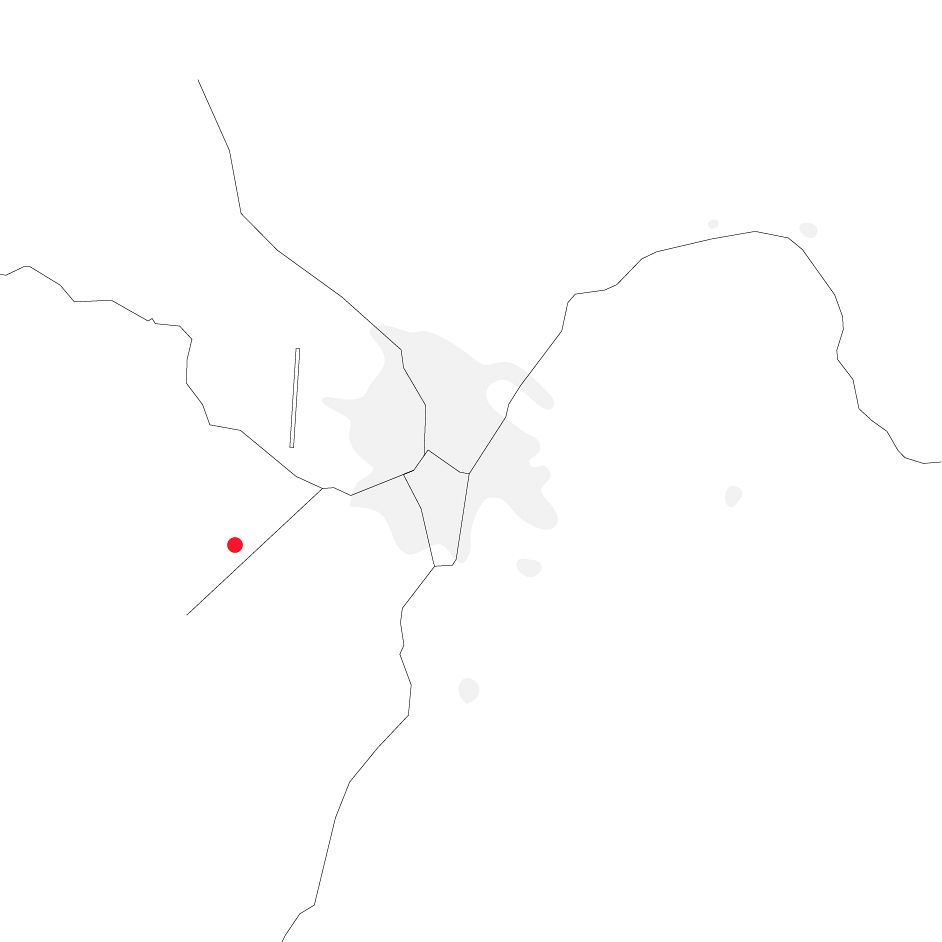
Drawing: © TU Delft, Delft Architectural Studies on Housing (DASH)
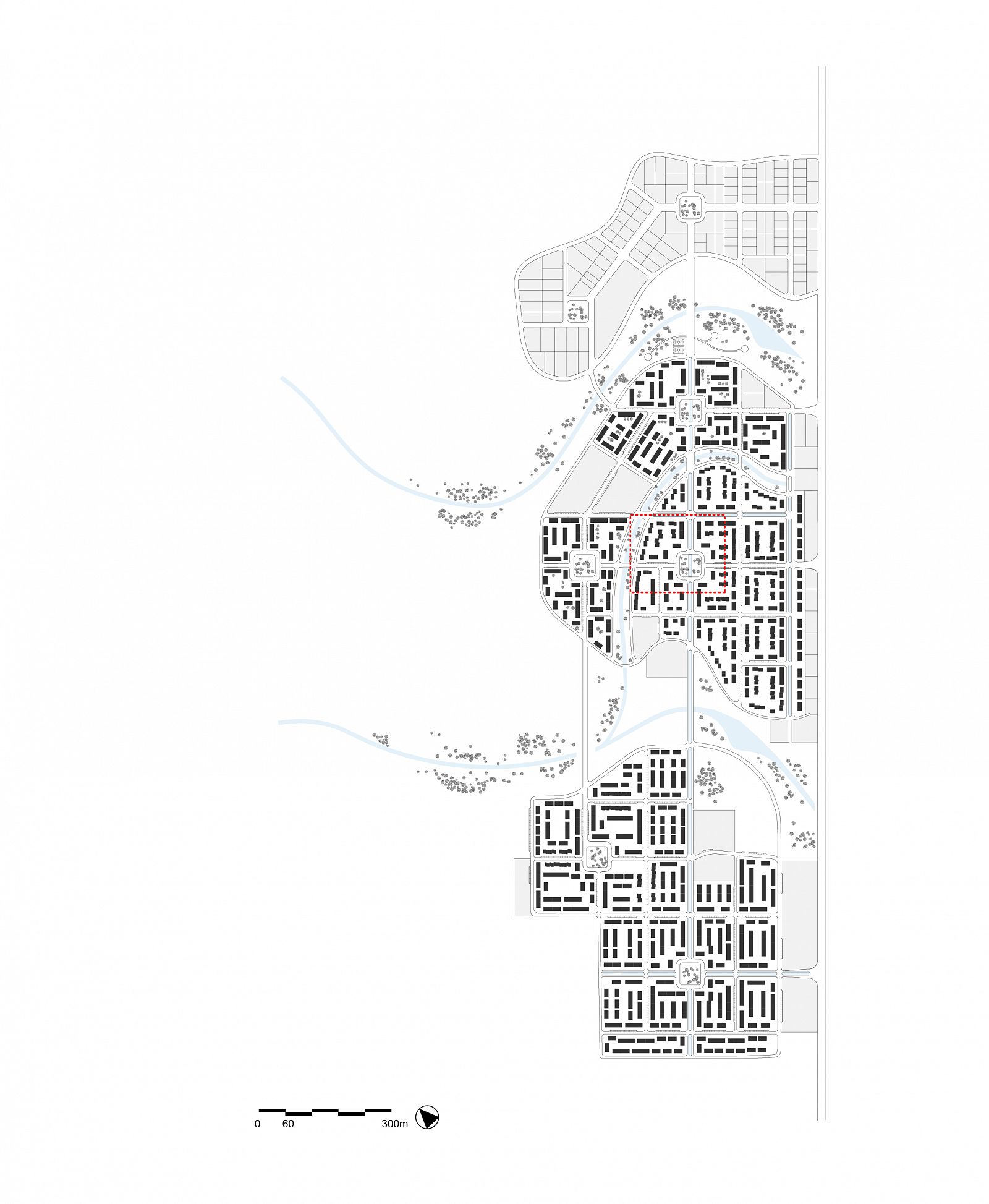
Drawing: © TU Delft, Delft Architectural Studies on Housing (DASH)
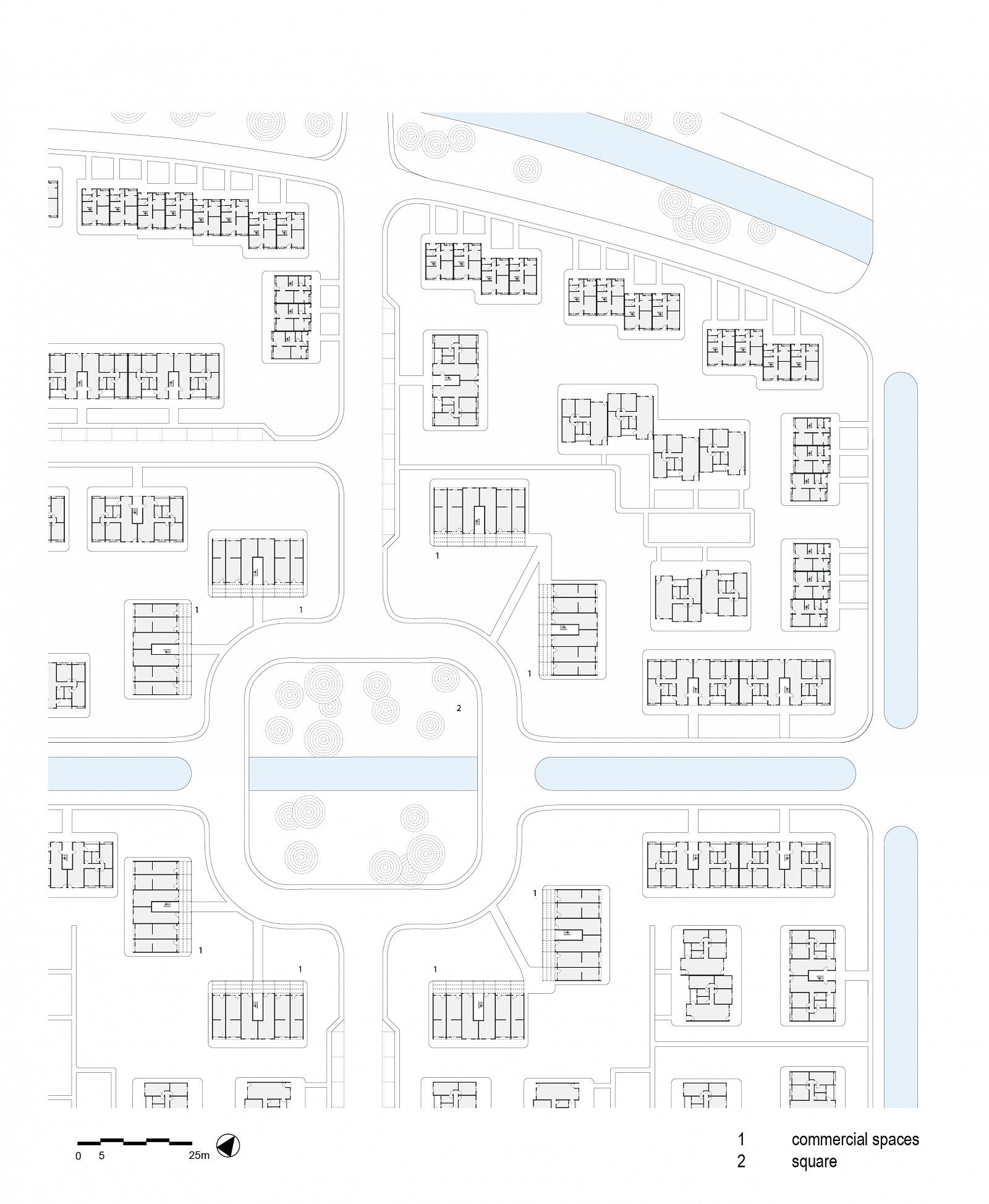
Drawing: © TU Delft, Delft Architectural Studies on Housing (DASH)
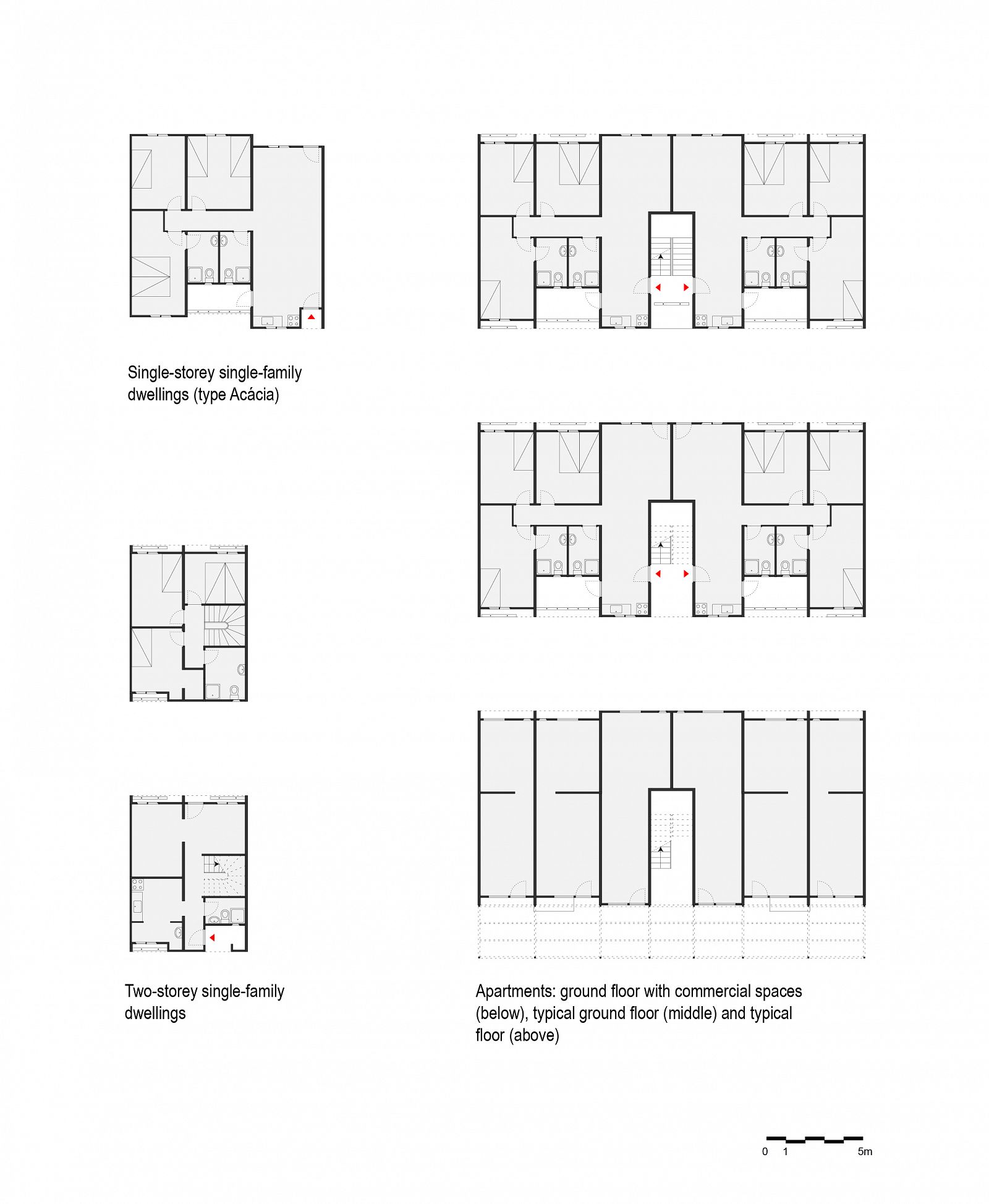
Drawing: © TU Delft, Delft Architectural Studies on Housing (DASH)
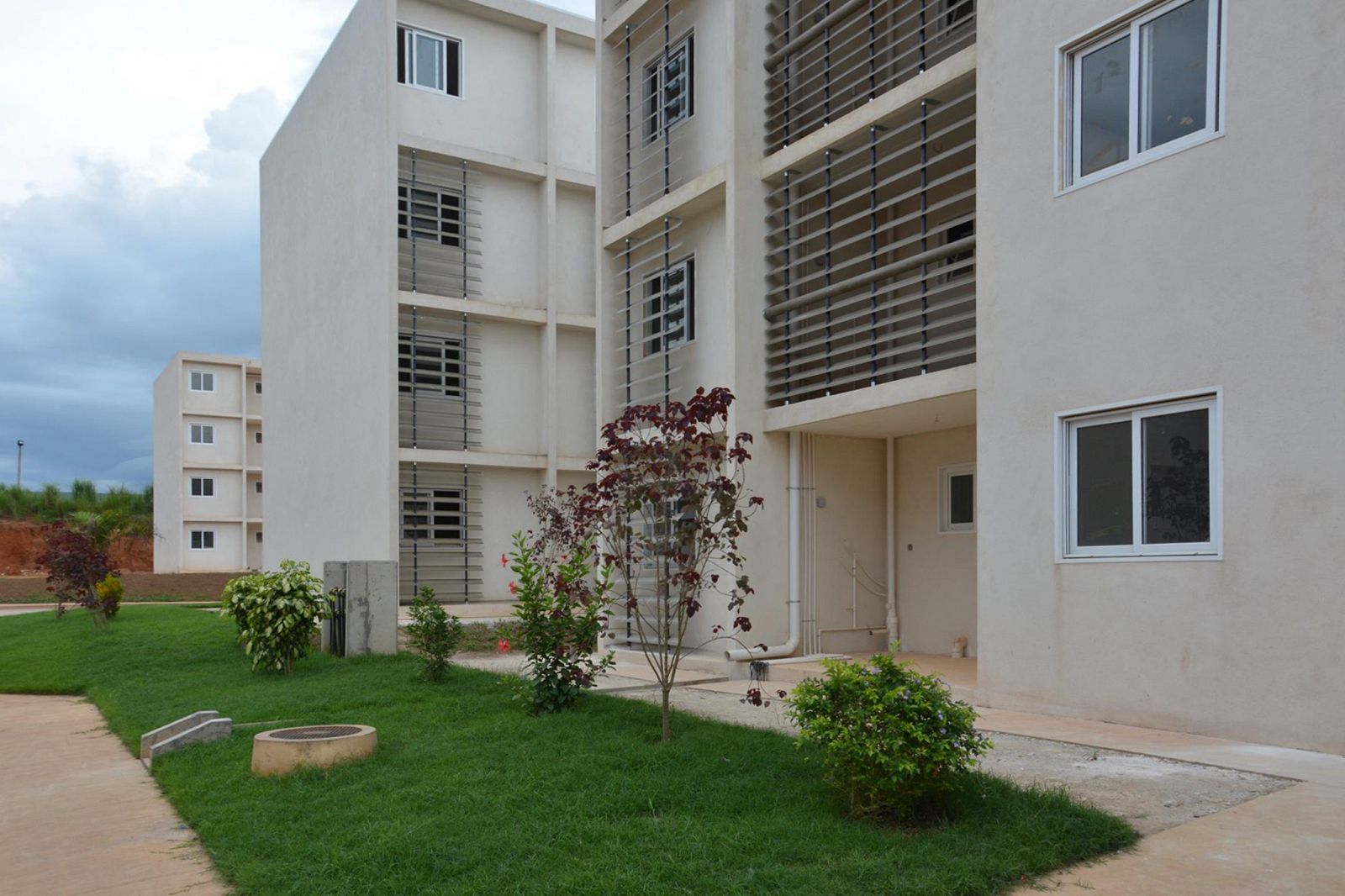
Photo: © KORA Angola
-
1António Gameiro, ‘Programa de Habitação Social Em Angola’, 28 April 2015, http://www.slideshare.net/DevelopmentWorkshopAngola/programade-habitao-social-em-angola.
-
2The name of the Angolan housing programme is strikingly similar to Minha Casa, Minha Vida, the housing programme launched by the Brazilian federal government in 2009.
-
3The three-bedroom type caters to the typical Angolan middle-class family, allocating one master bedroom to the parents, one bedroom to the male children and the third to the female offspring.


